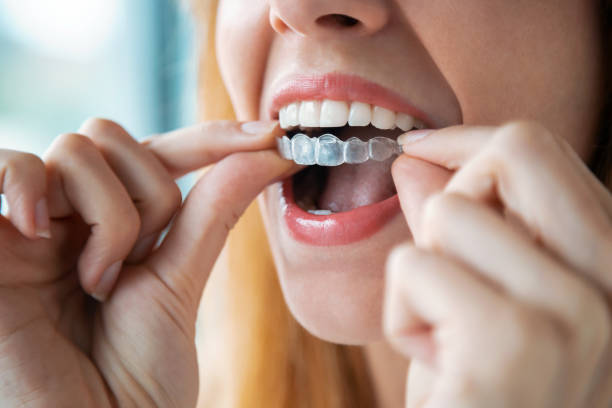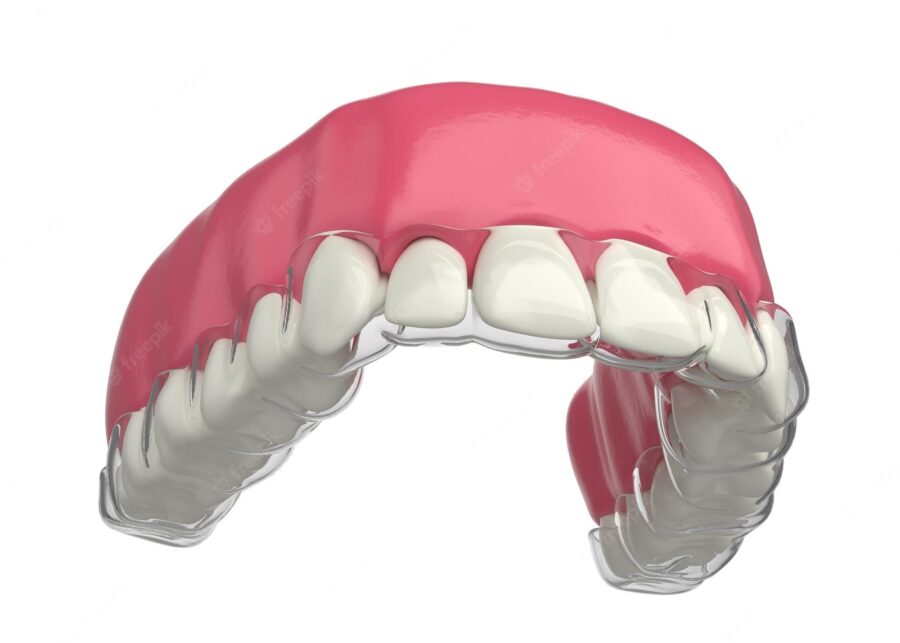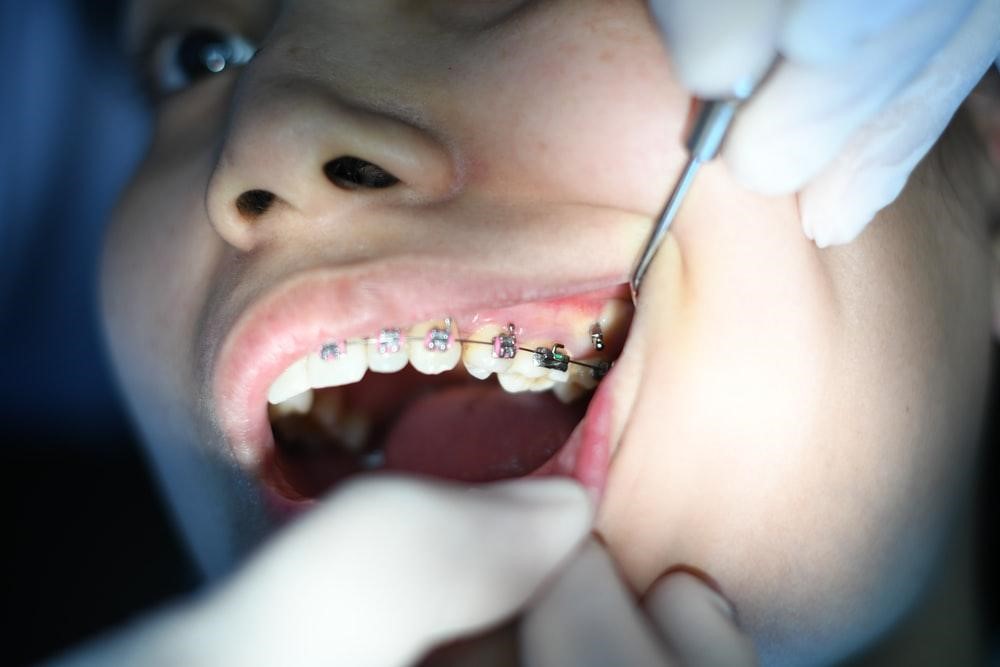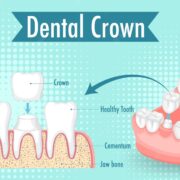Every smile is a distinct brushstroke in the vast tapestry of life, depicting a person’s journey. Our grins change as we travel the meandering paths of self-discovery, reflecting the internal metamorphosis. Dr. Chirag Chamria explores the rationale behind arrangement of orthodontic treatment with braces in this tale of dental artistry.
Purpose of Orthodontic Treatment
Beyond just creating a smile that looks good, orthodontics is a specialty area of dentistry. Correcting misalignments and abnormalities in the teeth and jaws is both an art and a science. Our tour guide, Dr. Chirag Chamria, describes orthodontics as the field devoted to establishing ideal dental harmony, guaranteeing both practical efficiency and aesthetic attractiveness.


Orthodontics treats a broad spectrum of disorders, from simple misalignments to more complicated problems with the anatomy of the jaw. Orthodontists like Dr. Chamria work to create smiles that encourage general oral health as well as confidence through the use of diagnostic tools and customised treatment regimens.
Role of Proper Teeth Alignment in Oral Health
Properly aligned teeth serve as the cornerstone of good oral health. Dr. Chamria emphasizes the crucial role that tooth alignment plays in the overall functionality of the oral cavity. Beyond the cosmetic benefits, correctly aligned teeth contribute to effective biting, chewing, and speaking.
Misaligned teeth, on the other hand, can lead to a myriad of oral health issues. Irregularities in alignment may result in difficulty cleaning between teeth, increasing the risk of plaque buildup, cavities, and gum disease. Moreover, malocclusions (improper bites) can lead to uneven wear on teeth, temporomandibular joint (TMJ) disorders, and even headaches. Orthodontic treatment, under the expert guidance of professionals like Dr. Chamria, addresses these concerns by aligning teeth to create a balanced and functional bite.
Common Dental Issues addressed by Orthodontic Treatment
Orthodontic treatment serves as a versatile solution to a variety of dental issues. Dr. Chamria sheds light on some of the common problems that orthodontics can effectively address:
Malocclusions
These refer to misalignments of the teeth or incorrect relationships between the upper and lower jaws. Examples include overbites, underbites, and crossbites. Orthodontic interventions work to bring the teeth and jaws into proper alignment, promoting a balanced bite.
Crowding
When there is insufficient space for teeth to grow properly, crowding occurs. This can lead to overlapping or twisted teeth. Orthodontic techniques, such as braces or aligners, are employed to gradually create space and align the teeth appropriately.

Spacing Issues
Conversely, some individuals may experience gaps or spaces between their teeth due to various reasons. Orthodontic treatment aims to close these gaps, enhancing both the aesthetic appearance and functionality of the smile.
Protruding Teeth
Teeth that protrude excessively can not only impact the aesthetics of a smile but also increase the risk of injury. Orthodontic measures are implemented to bring these teeth back into alignment, ensuring a safer and more balanced oral environment.
Setup of Orthodontic Treatment
Getting ready for orthodontic treatment requires a careful selection of specialty and diagnostic equipment. Our knowledgeable leader, Dr. Chirag Chamria, takes us through each step of the orthodontic setup, illuminating the instruments and supplies that serve as the framework for this revolutionary procedure.
Diagnostic Instruments
- Mirror: The dental mirror is a fundamental diagnostic tool, allowing the orthodontist to visualize and examine areas of the mouth that are otherwise challenging to see.
- Probe: A dental probe assists in detecting and assessing issues such as cavities, plaque buildup, or irregularities in tooth structure.
- Tweezer: Tweezers are precision tools used for handling small objects or materials during examinations and procedures.
- Spoon Excavator: This instrument is designed for the removal of carious lesions or decayed tooth material.
- Kidney Tray: A kidney-shaped tray holds and organizes the instruments during dental procedures, ensuring a sterile and efficient workspace.
- Gauze: Gauze is employed for drying and isolating specific areas of the mouth during examinations or dental work.
- Cotton Holder: Used to grasp and manipulate small amounts of cotton for various purposes, such as applying pressure or absorbing fluids.
- Waste Receiver: A receptacle for the disposal of used materials and waste generated during dental procedures.
- Occlusion Strip: This thin, flexible strip aids in assessing the patient’s bite and occlusion, helping the orthodontist identify any misalignments.
- Burs: Rotary cutting tools, or burs, are employed for shaping and contouring dental materials, such as enamel or composite.
Orthodontic Setup for braces
- Orthodontic Wire: This thin, flexible wire is a key component in braces, serving as the primary force to move and align teeth over time.
- Brackets: These are attached to the teeth and hold the orthodontic wire in place, facilitating controlled tooth movement.
- Orthodontic Pliers: Specialized pliers designed for orthodontic use, allowing the orthodontist to manipulate wires and brackets with precision.
- Wire Cutter: As the name suggests, this tool is essential for cutting and adjusting the orthodontic wire during various stages of treatment.
Composite Setup
- Etchant: A solution used to prepare the tooth surface for bonding by creating micro-pores, enhancing the adherence of dental materials.
- b. Bond: Dental bonding agents are applied to secure orthodontic brackets or other dental restorations to the tooth surface.
- Q Tip: A cotton-tipped applicator is used for the precise application of materials like etchant or bond.
- Composite Flowable: A flowable composite resin that can be easily applied to fill cavities or create aesthetic enhancements.
- Composite Packable: A denser composite material used for building up and restoring tooth structure.
- Light: Dental curing lights are employed to harden and set composite materials quickly during dental procedures.
- Shield: A protective shield prevents the dispersion of light and directs it precisely where needed during the curing process.
- Composite Instruments: Specialized instruments for sculpting, shaping, and placing composite materials during restorative procedures.
Conclusion
Orthodontic treatment is an artistic endeavor that transforms lives, one smile at a time, and its goals and methodology go beyond the domain of dental science. With his skill, Dr. Chirag Chamria makes sure that every brushstroke is intentional, and the result is a masterwork that demonstrates the harmonious combination of science and art. So go off on this journey with confidence, as your finest smile—a monument to the artistry of orthodontics and the deft hands of a committed dentist—waits ahead.






